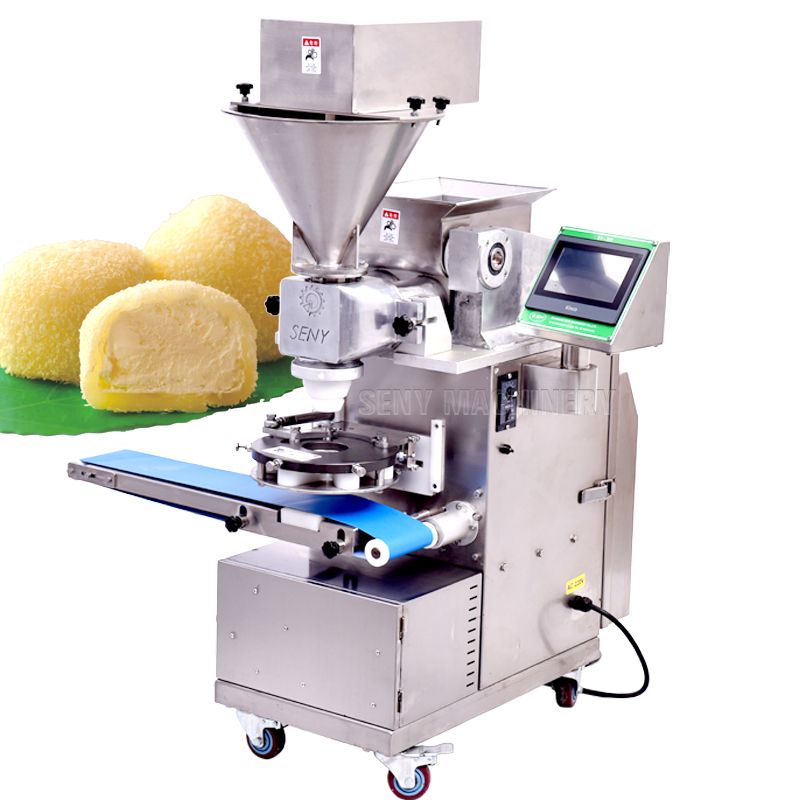

If you made more mochi than you can eat at once (because 5 cups of rice is a lot), you can store any extra mochi dough in the fridge/freezer to make kiri mochi or ozoni at a later time.When you’ve finished creating your mochi rounds, you can start to assemble your daifuku mochi.Carefully remove the impeller from the mochi.Turn over the container on a dusted surface and allow a few moments for the mochi to come away from the container on its own. Press off and carefully remove the hot inner container. When the mochi has come together and is smooth (around 10-15 minutes), it should be done.Instructions say to sprinkle some water when it’s almost finished pounding for softer mochi. When the rice didn’t come together for us by 10 minutes, we nudged the mochi and was able to get it to finish pounding in about 13 minutes. They recommend not pounding for more than 10 minutes, but we found other online users to pound until 15-20 minutes. Pound the rice: As soon as the rice is finished cooking, carefully remove the lid (which may be hot) and press the pound button.Steaming 5 cups of rice took us about 25-30 minutes. Place the cover on and then press the steam button. Pour the rice in and gently level it out without compressing any of the rice. Mount the inner container and lock into place. Steam the rice: pour the water into the machine.After soaking, drain your rice fully, suggested time: 30 minutes.Prep any fillings and cupcake liners or whatever you choose to keep your finished mochi in.Do not soak it for over 24 hours or anywhere cold where the water might freeze. Soak rice for 6-12 hours, we soaked ours for 8.(for Daifuku mochi) Filling: we used matcha-an but also love red bean paste.2 C water (use the same measuring cup used for rice).Have everything set up and ready to go, once the rice is steamed, you cannot stop the process. So let’s give it a try and see if it’s worth it! Tiger Mochi Recipe The machine is quite an investment given its size and cost, a pretty penny of about $260. The interface is super simple, so that’s great, but be warned that the buzzing sound that alerts you that the rice is finished is LOUD, a little shocking when compared to other Japanese machines that have such delightful sounds.

Keep in mind that wherever you’re going to use it, you want it on a very stable surface and enough space around it as it gets a bit hot when pounding. It has a 10 Cup capacity and the smallest recipe listed in the booklet starts at 5 cups, which can be quite a lot of mochi, more on that later! It’s a bit bulky in size but not too heavy to move around. This nifty Japanese made mochi maker can help you cook rice via steaming, pound rice into mochi, and also pound miso apparently. A local viewer and fellow mochi lover saw our videos and generously lent us her machine so that we could try out luck at making the perfect mochi at home, so today we are just going to walk you through the recipe that is provided with the machine and see how using the mochi machine compares to making it with the stand mixer method. We’re excited to share with you this opportunity to test the Tiger mochi making machine.


 0 kommentar(er)
0 kommentar(er)
